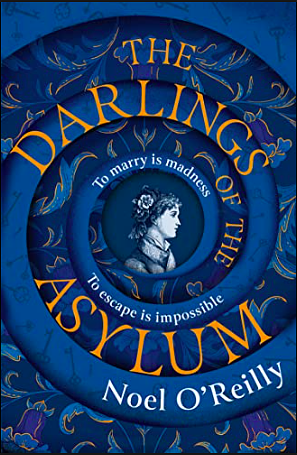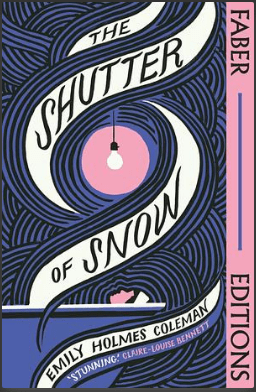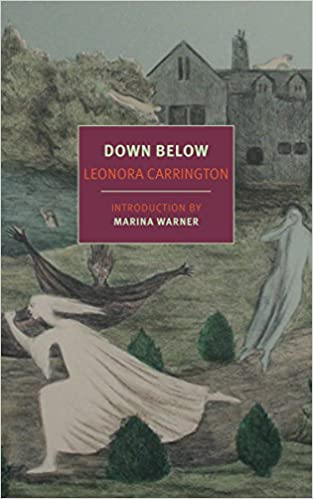Violet Pring is more interested in her art than marriage, and she meets an artist, Mr. Lilley, who thinks she shows great promise. But it’s 1886, and Violet’s parents are pushing her to marry her childhood friend, Felix Skipp-Berlase. Felix is wealthy, and Violet’s parents want her taken care of, as they are broke. Felix is willing to have Violet continue her art career, but that doesn’t seem to cut any ice with Violet.
Violet’s mother is perennially ill, and she has a doctor, Dr. Rastrick, who makes Violet nervous. Violet finally agrees to marry Felix, but on the eve of the engagement party, she commits an indiscretion with Mr. Lilley. A few days later, Violet wakes up in Dr. Rastrick’s asylum.
The novel seems to be about Violet’s unfair incarceration because her ambitions are ahead of her time. However, we find that Violet is not altogether a reliable narrator, because she has memory lapses.
The thrust of this novel is confusing. At first, it seems that the evil scientist with absurd ideas about treating mental patients is dominating a gothic novel. I don’t want to give too much away, but this idea shifts and shifts again. And Violet’s adventures turn toward absurdity by the end.
I think O’Reilly has written more of a 21st century heroine than a 19th century one, and not a terribly convincing one. He also doesn’t seem to know what his own book is about—a girl learning how to take control of her own destiny? a girl learning to understand her parents better? a girl coming to sympathize with the stresses on women in poverty? the difference between Dr. Restrick’s approach and that of the new field of psychiatry? It doesn’t seem like he knows.












